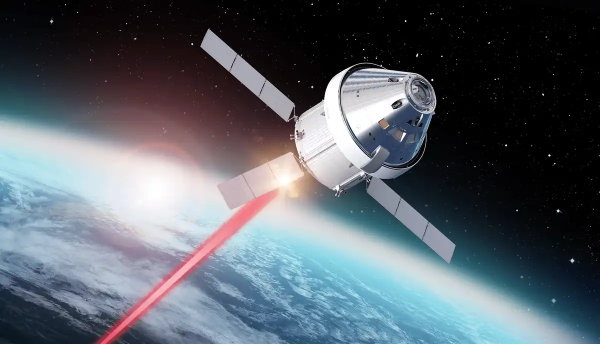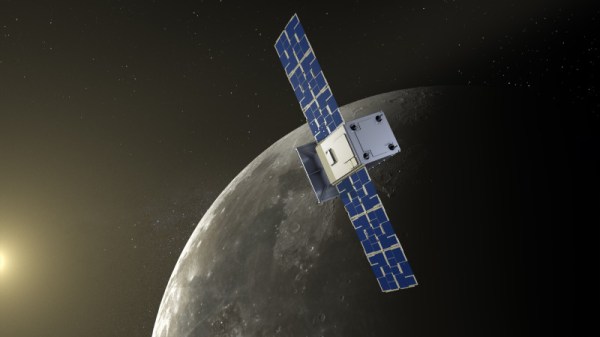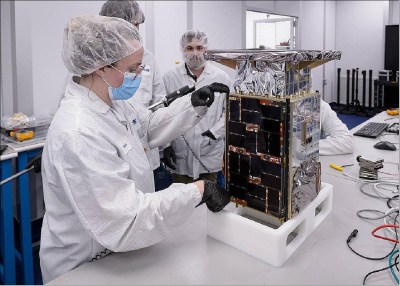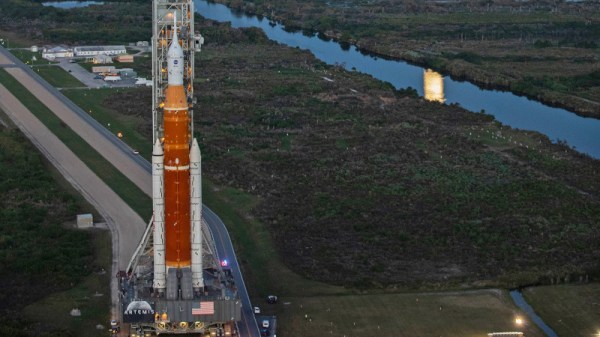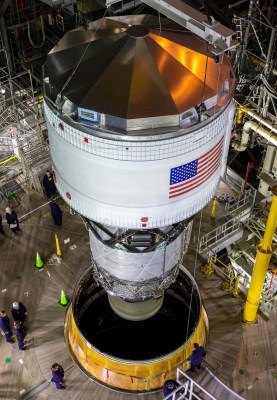[NASA] Astronauts will be testing the Orion Artemis II Optical Communications System (O2O) to transmit live, 4K ultra-high-definition video back to Earth from the Moon. The system will also support communication of images, voice, control channels, and enhanced science data.
Aboard Orion, the space terminal includes an optical module, a modem, and a control system. The optical module features a four inch telescope on a dual gimbal mount. The modem modulates digital information onto laser beams for transmission back to Earth, and demodulates data from laser beams recieved from Earth. The control system interfaces with avionic systems aboard Orin to control and point the communications telescope.
On Earth, facilities including the Jet Propulsion Laboratory and the White Sands Complex will maintain high-bandwidth optical communication links with Orion. Information received from Orion will be relayed to mission operations, scientists, and researchers.
NASA’s Laser Communications Relay Demonstration (LCRD) showcases the benefits of optical communications. Traditionally, missions relied upon radio communication, but improved technology will better serve space missions that generate and collect ever-increasing quantities of data. Optical communication solutions can provide 10 to 100 times the bandwidth of radio frequency systems. Other improvements may include increased link distances, higher efficiency, reduced interference, improved security, and reductions in size and weight. Our Brief History of Optical Communication outlines many of these advantages.
Continue reading “Artemis II Will Phone Home From The Moon Using Laser Beams”

